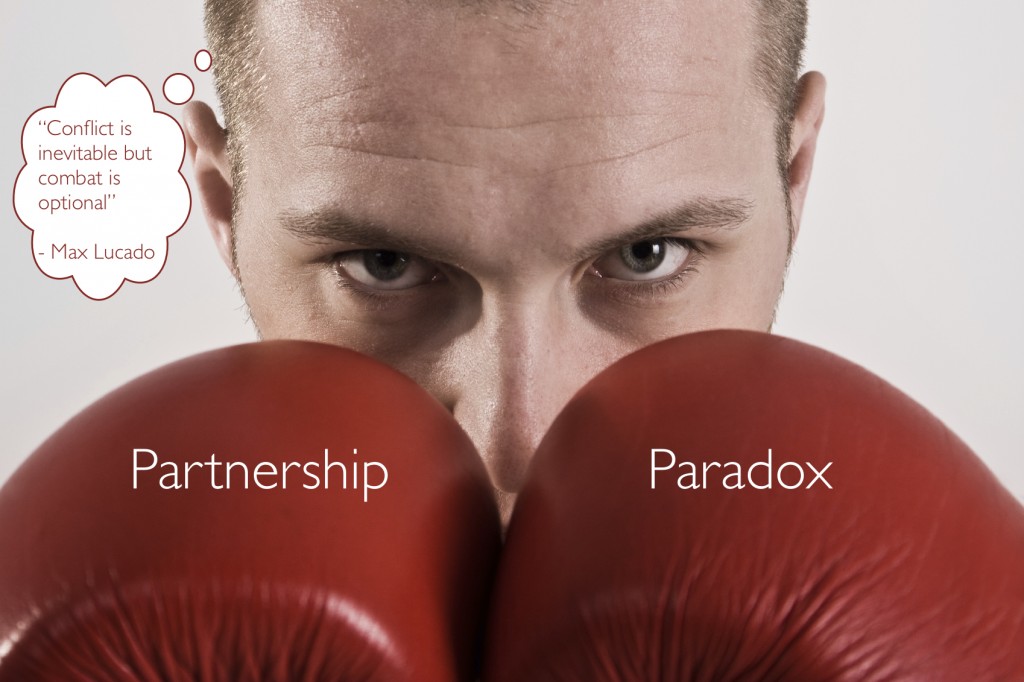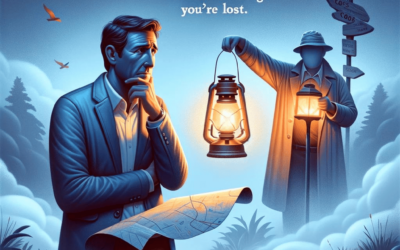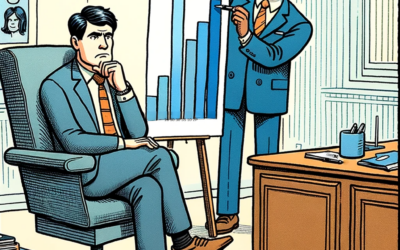“The most important single ingredient in the formula of success is knowing how to get along with people.”
– Theodore Roosevelt
Going into business is a high-risk game. It is not for the faint of heart. The success rate of surviving more than five years is remarkably low, and the first year is the toughest. According to Scott Shane, A. Malachi Mixon III, Professor of Entrepreneurial Studies at Case Western Reserve University, “20.2 percent of the businesses founded in 1994 died between 1994 and 1995.” His study indicates that the mortality rate stops decreasing (at 5%) once a business enters its twelfth year, but most businesses don’t survive that long.
Other entrepreneurs prefer to go it alone. Either they want to get full credit for their idea/enterprise or they’re afraid of partnering with people who might challenge their views. Going it alone can work, but it increases the risk of not asking the right questions or sufficiently testing your answers. In World War II when the U boats were sinking merchant ships, many sailors had to take to the water to survive. Those who were young and strongest had the highest fatality rate. They thought they had the best chance of survival if they went on their own. They were wrong, it turns out. The older more experienced sailors knew that working together and using everyone’s thinking enhanced their chance of survival, and more of them survived. (This thinking and survival data gave rise to Outward Bound, an organization I have been involved with for over 25 years).
The paradox of partnerships is that the founders often forget what brought them together. As the organization shows signs of success, one or both partners pull out a log splitter and begin hacking away. The ego is sure that the danger of the beginning is over now and that they can be successful without the other partner. They ruminate about having the business all to themselves. Or they wonder if they could have done it on their own. The ego whispers thoughts that further undermine the partnership. They don’t work as hard as you do. They don’t worry about the business the way you worry about it. They are not as good at the details. They don’t manage people very well or hold them accountable. They have no vision for the future. They don’t manage risk as well as you do. The “you” in this scenario will ask for evidence from those that are most likely to agree and then greedily accept this validation. The brain will scan all incoming data for evidence that your theories are true, and eventually they will become true (or true enough). If this happens, the ego may succeed, but you and your business may not.
The undoing of the partnership is both easy to understand and hard to prevent. When a rift develops, the partners will usually hire a third-party consultant, coach, or advisor. Most of these consultants, coaches, and advisors have never been in a partnership of dependence, however. They tend to help businesses organize hierarchically and are of the belief that there can only be one chief. They aren’t afraid to split the log in two.
Understanding the true value of partnership is a critical component to helping a partnership survive. The benefits of the partnership does not end at the beginning or at the beginning of the end. It ends when your vision and mission are complete.




